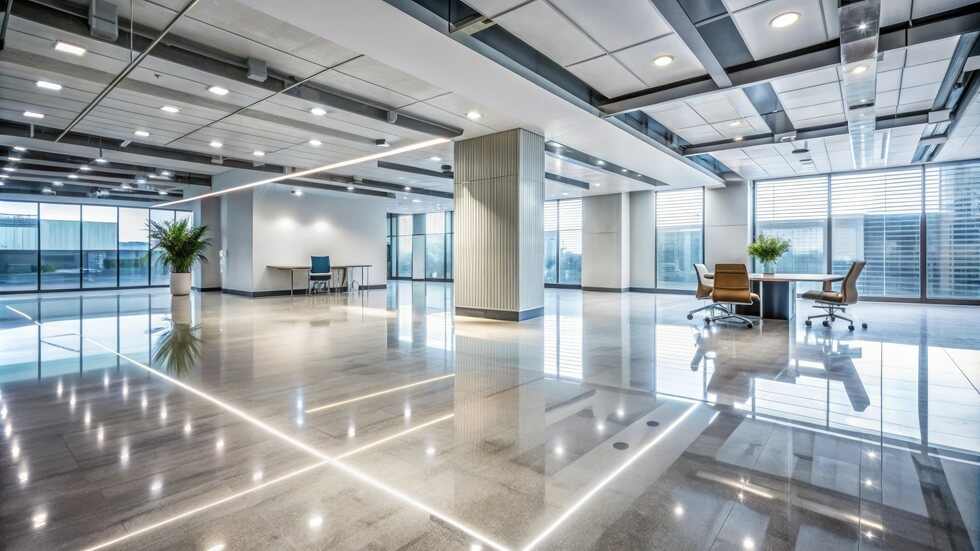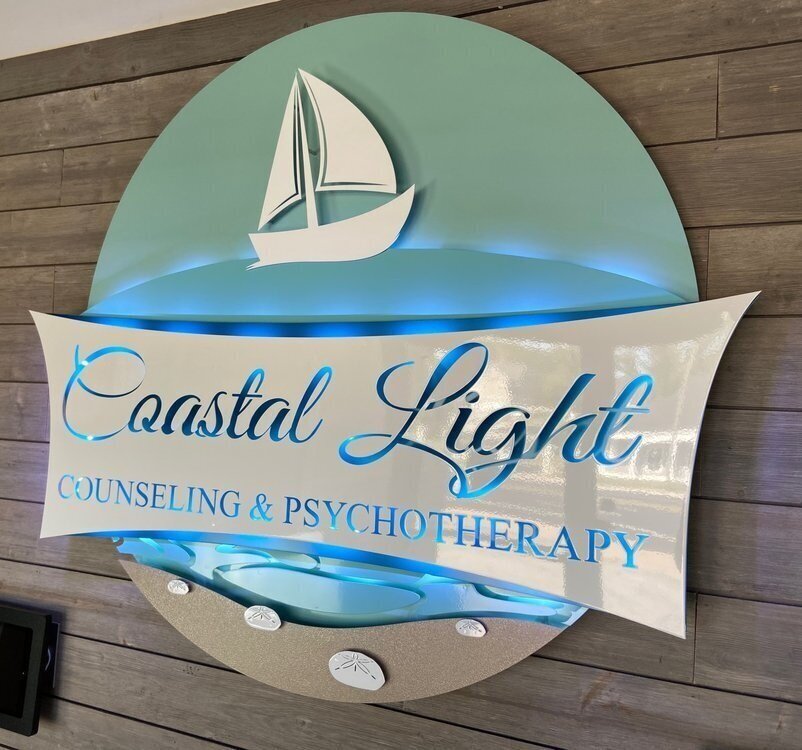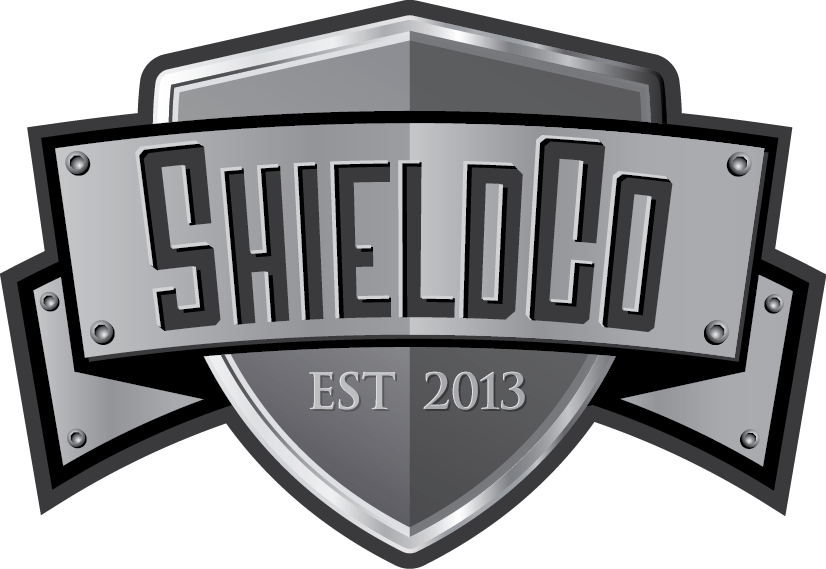Office aesthetics usually center around classically noticeable elements, such as the rich colors of the walls and floors or the warmth of the lighting. While these are certainly important areas to consider, most business owners and executive assistants overlook other visual features that could level up the space even more. One such area is the dimension of the office itself.
When designing a space, “dimension” describes how the room’s elements make it appear 3D and give it depth or visual interest. This helps to avoid an office that feels flat and lifeless, and it can even give visitors or clients the impression that they are moving “into” the company when they visit rather than simply existing near it.
Businesses can incorporate dimension in many ways, but one of the most eye-catching is with texture. For instance, the smooth sheen of metal can capture the room’s lighting in interesting ways while conveying a sense of professionalism, which is why many businesses feature custom metal signage so prominently in their entrance areas.

Why Texture & Dimension Matter in Office Design
Texture describes the qualities of a surface; is it smooth, bumpy, wavy, rough, glossy, or something else? Dimension relates to the offset of items in a space; are décor items flush with the walls, or do they push forward into the room? Minor considerations such as these can completely change the impressions that guests and clients form when they enter the room.
Textures tend to evoke emotional and sensory responses, usually subconsciously. For instance, studies show that rooms with textured walls often seem closer and less open than those with smooth or glossy walls. This can contribute to a sense of belonging and security or make the space feel overwhelming and claustrophobic.
The impression visitors have depends on how the business tackles the rest of its aesthetic. Because most human perceptions are consistent enough to make similar judgments of beauty based on subconscious elements such as texture, businesses must be on top of this design area.
Regarding multiple material types, participants surveyed consistently rated metal and other smooth materials as more positive than others. Thus, texture and dimension combined and implemented with care can create sophistication and intentionality in a business space.
Practical Applications of Texture in Office Spaces
You understand the importance of texture in designing office spaces, but how do you transform that knowledge into action? Consider:
- Walls and surfaces – Walls are among an office’s most eye-catching elements. Be sure they demonstrate the business traits you aim for, whether that is modernity, refinement, comfort, friendliness, or something else.
- Furniture and décor – Décor is one of the most creative areas in terms of texture and dimension. Wide, airy plants such as ferns create a different perception than thick, straight cacti in a pot. Is the seating made of smooth leather or plush fabric?
- Artwork and custom pieces – Businesses often consider artwork one of the most obvious ways to change an office’s aesthetic, but there is more to it than colors and images. Be sure to think of texture, too! The smooth metal of custom signage correlates with the aforementioned studies on positive impressions and can make your business seem professional and polished.
The Role of Dimension in Elevating Office Design
Now that you have the textures handled, what about dimension? To achieve a more appealing sense of depth in your office, use:
- Lighting and shadows – Light and shadow only exist because of the interplay of objects in the foreground and background. Highlighting this difference can make objects in a space seem closer or farther apart.
- Multi-dimensional features – Rather than sticking to décor that fits snugly against walls, consider using elements that come into the room’s space slightly. What about a custom-branded sign offset from the wall and illuminated by backlights in your brand’s signature colors?
No matter which options you choose, balance texture and dimension in your office design for the best results. To avoid seeming too chaotic and disorganized, highlight your brand’s identity through colors, shapes, and textural impressions. Target important areas, such as reception spaces, to draw visitors’ eyes and curate their opinions.

Get A Free Custom Office Sign Quote From ShieldCo
No matter which area of your office you are trying to elevate, custom signage is versatile enough to help you achieve your goals. Metal signs not only impress visitors with your business’s dedication to quality and aesthetic appeal; they can add texture and dimension that makes your company space seem alive.
At ShieldCo Signs, we treat signage projects as art and seek to realize your vision accordingly. Contact ShieldCo to collaborate on a sign that will level up how every visitor views your space.
